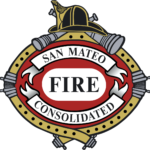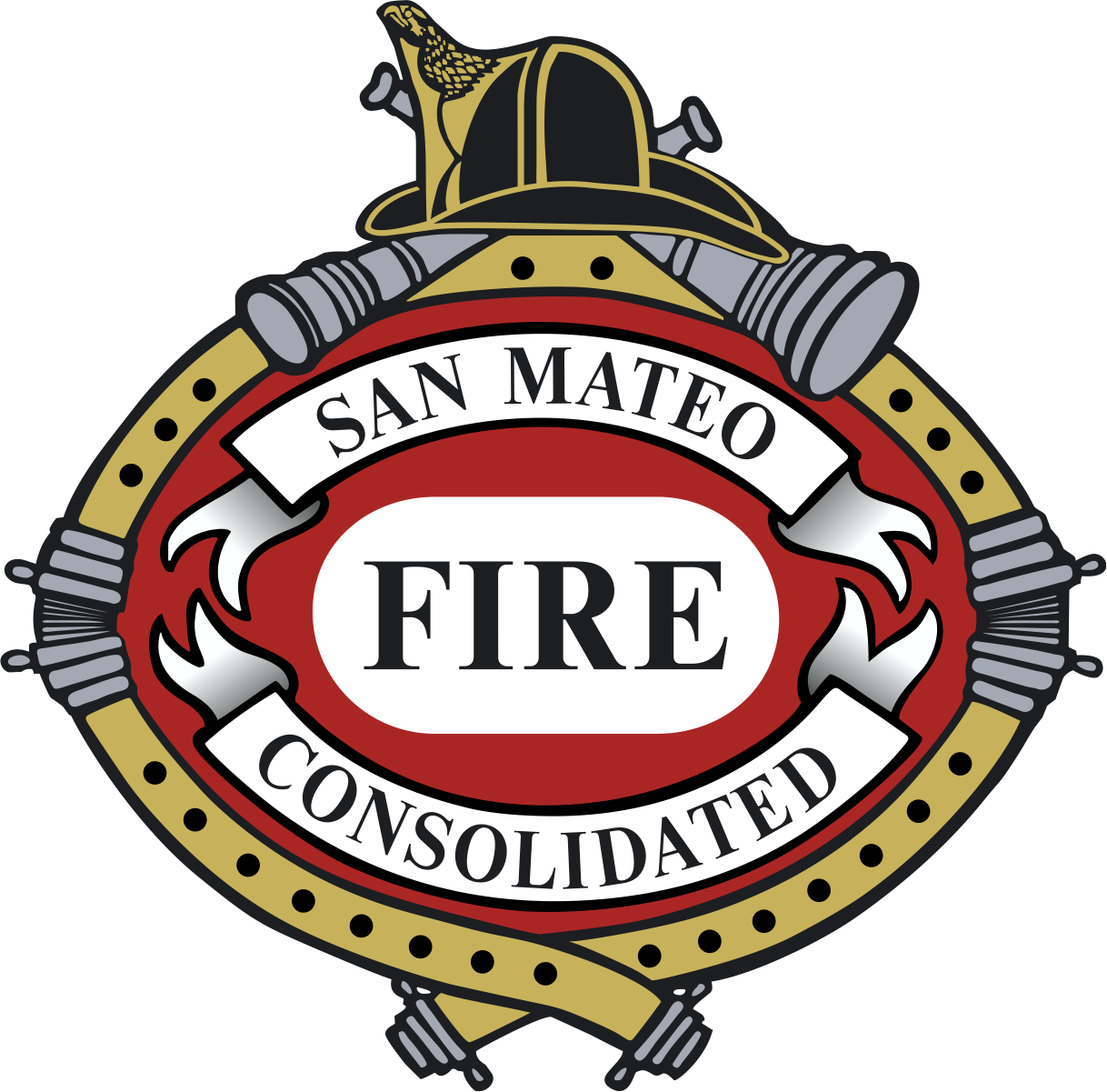5 Seconds after an Earthquake
Immediately following an earthquake Duck, Cover, and Hold is the key:
- Duck under a sturdy structure like a table
- Cover your head from falling or flying objects
- Hold onto something sturdy until the shaking stops
5 Minutes after an Earthquake
- Check for injuries. Do not move a seriously injured person unless they are in immediate danger of further injuries.
- Safety check. Check for the following hazards:
- Fire or fire hazards.
- Gas leaks: Shut off the main gas valve only if a leak is suspected or identified by the odor of natural gas. Wait for the gas company to turn it back on once the damage is repaired.
- Damaged electrical wiring: Shut off power at the control box.
- Downed or damaged utility lines: Stay away from downed lines even if power appears to be off.
- Fallen objects in closets and cupboards: Displaced objects may fall when you open the door.
- Downed or damaged chimneys: Approach chimneys with caution. They may be weakened and could topple during an aftershock.
- Check your telephone: Make sure each phone is on its receiver. Telephones that are off the hook tie up the telephone network unnecessarily
- Clean up. Clean up potentially harmful materials and/or medicines which may have spilled.
- Expect aftershocks. Most of these are smaller than the main earthquake. Some may be large enough to do additional damage to weakened structures.
- Use flashlights or battery-powered lanterns. Do not use lighters, matches, candles, or lanterns until you are sure there are no gas leaks.
- Use your telephone only in the event of life-threatening emergencies.
- Turn on a battery-powered radio for information, damage reports, and for information on volunteering your assistance.
- Keep streets clear for emergency vehicles. Cooperate with public safety officials.
Learn these valuable skills at one of our FREE Community Emergency Response Team (CERT) training classes.
5 Days after an Earthquake
Ensure you have the necessary supplies to be self reliant for 3-5 days – see our Disaster Supply Checklist.
Develop a Family Communication Plan – phone numbers of in/out of area contacts, pre-designated meeting place, and more.

